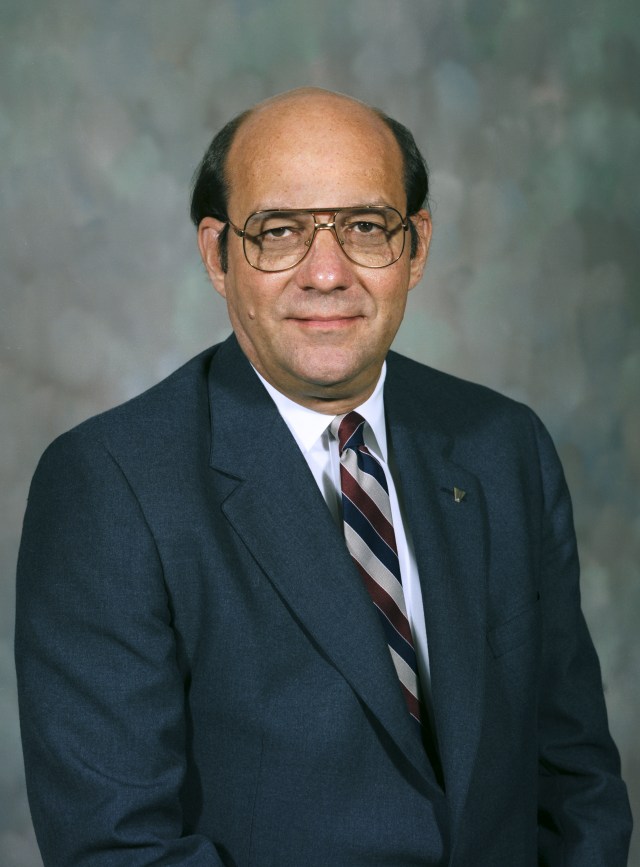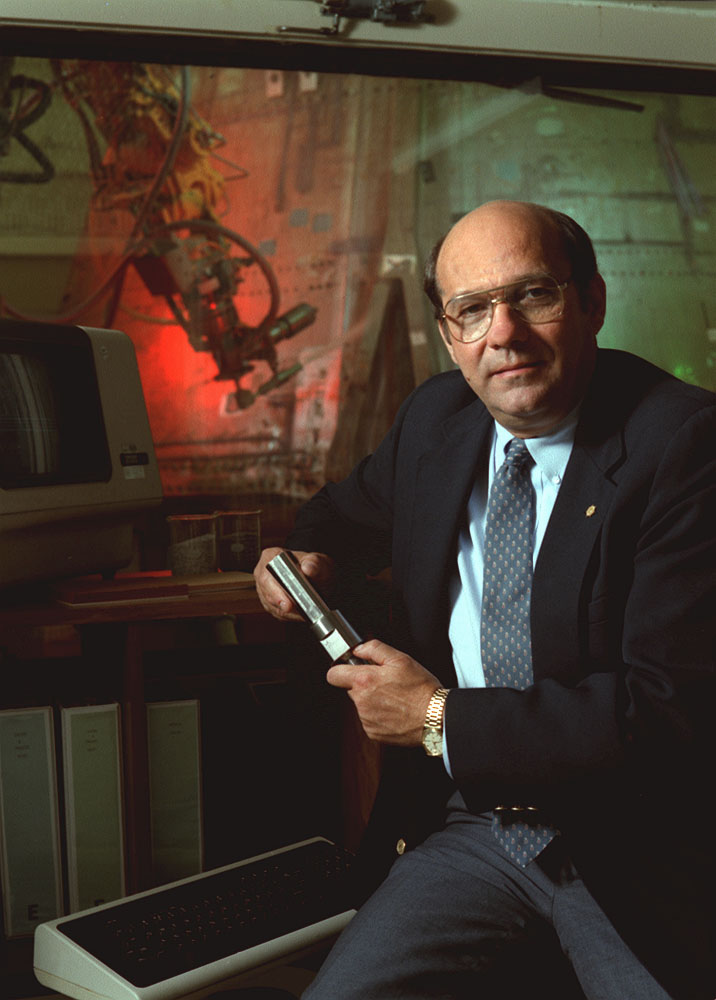
James R. Thompson
Former Center Director at Marshall Space Flight Center (1986–1989)
Dr. James R. Thompson became Director of the Marshall Space Flight Center on Sept 29, 1986, after having served three years as deputy director for technical operations at Princeton University’s Plasma Physics Laboratory in Princeton, N.J. From March to June of 1986, he served as the vice-chairman of the NASA task force inquiring into the cause of the Space Shuttle Challenger accident. In that capacity, he headed the day-to-day operations of the 51-L Data and Design Analysis Task Force, which collected and analyzed accident-related information in support of the Presidential Commission on the Space Shuttle Challenger Accident.
Before assuming his position at Princeton University, Thompson spent 20 years with Marshall in various positions, including associate director for engineering in the Science and Engineering Directorate and as manager of the Space Shuttle Main Engine Project in the Shuttle Projects Office.
Mr. Thompson began his professional career in 1960 as a development engineer with Pratt and Whitney Aircraft in West Palm Beach, Fla. He joined the research and development team at the Marshall Center in 1963 as a liquid propulsion system engineer responsible for component design and performance analysis associated with the J-2 engine system on the Saturn Launch Vehicle. In 1966 he joined the Space Engine Section in the former Propulsion and Vehicle Engineering Laboratory and became chief of the section in 1968. In that capacity, he was responsible for the design and test evaluation of auxiliary space engine propulsion systems for the Saturn Launch Vehicle and experimental small interplanetary propulsion systems.
In 1969 Thompson transferred to the former Astronautics Laboratory where he served as chief of the Man/Systems Integration Branch from 1969 to 1974. In September 1974, he was named manager of the Main Engine Project of the Shuttle Projects Office. In that position he was responsible for the development and operation of the most advanced liquid propulsion rocket engine ever developed. He served in that position almost from the beginning of early development testing on the Shuttle main engine through the initial Shuttle flights.
In February 1982, Thompson was named associate director for engineering in the Science and Engineering Directorate. In this position, he was responsible for planning and executing the engineering overview, analysis, evaluation and support for all Marshall Center projects that were in the hardware development stage.
Thompson also served as NASA’s deputy director from July 6, 1989 to Nov. 8, 1991.


























